

Shane O'Donoghue
2025 Nissan Ariya Nismo review: Quick drive
6 Days Ago
About 300 electric vehicles are now in service being driven by Canberra public servants, with more to come.

Senior Contributor
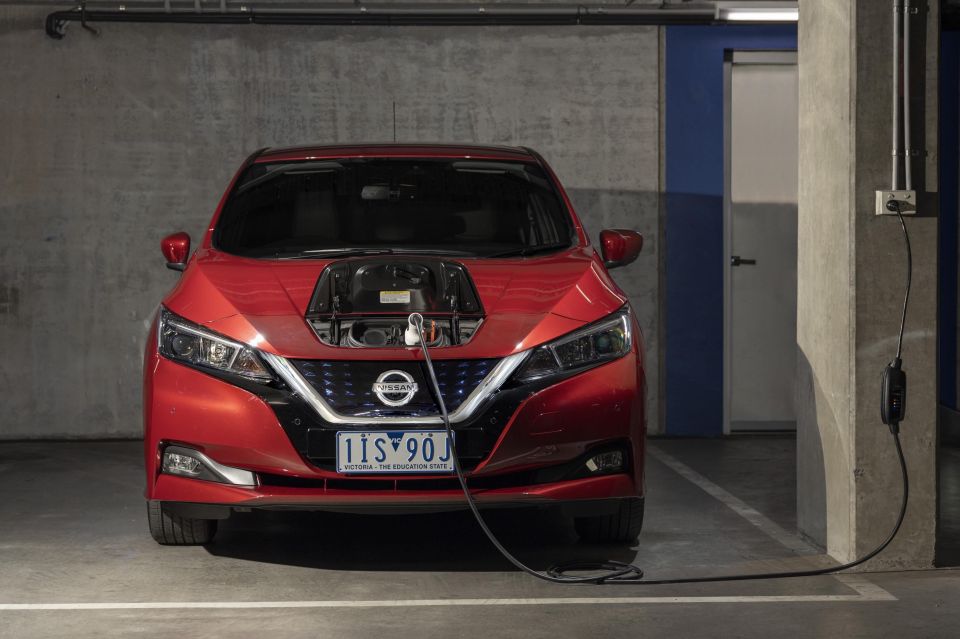

Senior Contributor
The ACT territory government claims to have accumulated the nation’s biggest fleet of electric cars in a fashion that will make them cost-neutral with their internal-combustion fleet over the course of their lease.
It has done this, it says, by offsetting the higher purchase prices with lower running costs, cheaper servicing, and changing its loan periods from three years to four.
In populating its fleet with electric vehicles, it aims to use them as subtle rolling billboards advocating the tech, give reluctant manufacturers confidence to launch their zero-CO2 wares, and subsequently populate a used electric market down the line.
Its major fleet vehicles are Nissan Leafs and Hyundai Ioniqs.
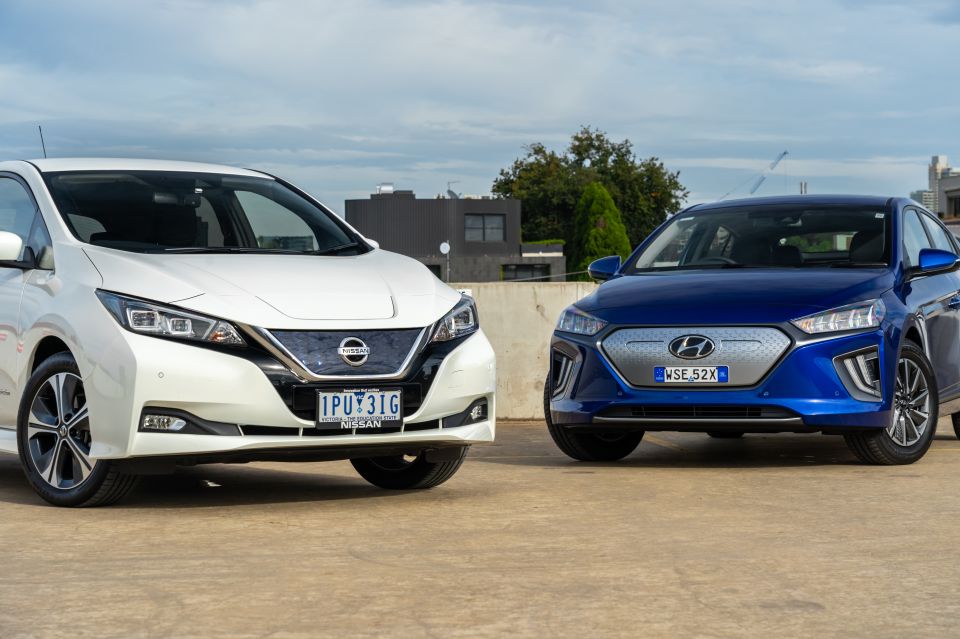
The ACT’s move is the culmination of a zero-emissions policy announced in 2018 to transition its fleet by 2021 “where practical”.
“When I say practical, we’re not expecting our park rangers to drive out to the mountains in zero-emissions vehicles at this point in time,” ACT Attorney-General, Energy Minister, and ACT Greens leader Shane Rattenbury told us recently.
“But certainly all our public servants that get around town can drive an EV… Some of the first ones we gave to our community nurses, who do about 150km a day giving healthcare to people in their homes.
“… What was very interesting to me was not only are we transitioning our fleet, but our nurses have become ambassadors for the technology of the future. And I found that a really interesting educational side benefit.”

Australia’s EV penetration of about 0.7 per cent in 2020 was lower than most of Europe, much of Asia, and parts of the US such as California. That said, demand is growing.
The ACT has already moved its grid to 100 per cent renewables and cut emissions by a claimed 40 per cent. This makes transport emissions the major source of CO2 in the region.
“We have been able to measure the impact these vehicles are having in our fleet,” Rattenbury went on to say.
“We have seen across the board an 80 per cent reduction in running costs from the ICE (internal combustion) vehicles and replacing them with EVs, the Ioniqs and Leafs on our fleet.”
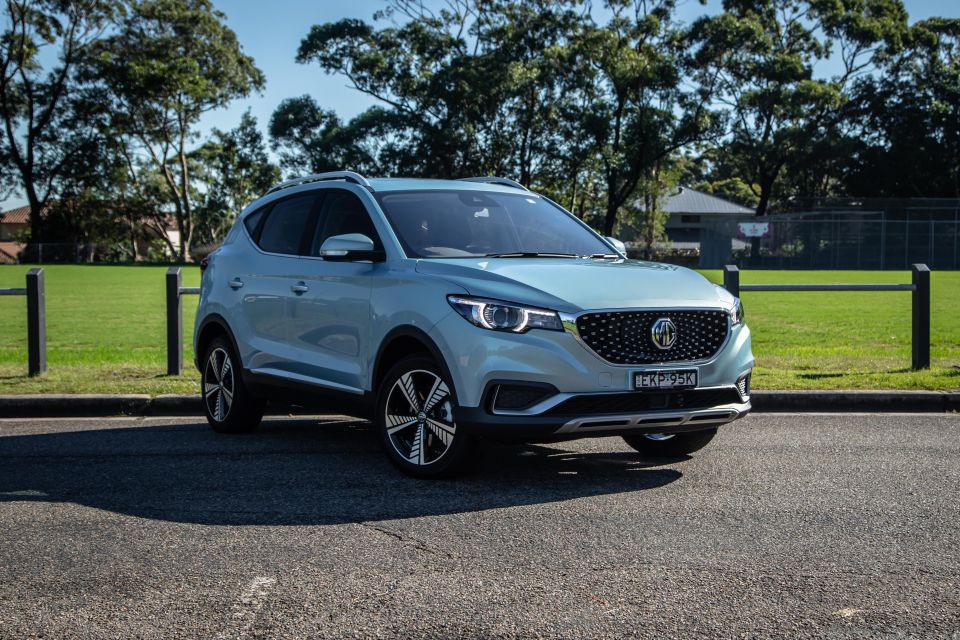
The sampled fleet internal-combustion vehicles cost an average of $14.33 per hundred kilometres to run, including both fuel and maintenance, while their comparable EVs cost $3.65.
“And as a government, we have been able to make a cost-neutral transition by simply the reduction in running costs, reduction in servicing costs, and tweaking our leasing period from a three- to four -year lease to cover the additional upfront costs,” Mr Rattenbury added.
“And so we are demonstrating very practically the new vehicles that are coming into the market and the possibilities that a zero emission vehicle future is possible, and practical in Australia.”
Mr Rattenbury says that by making the first move, the government will break down barriers to entry for the private market.
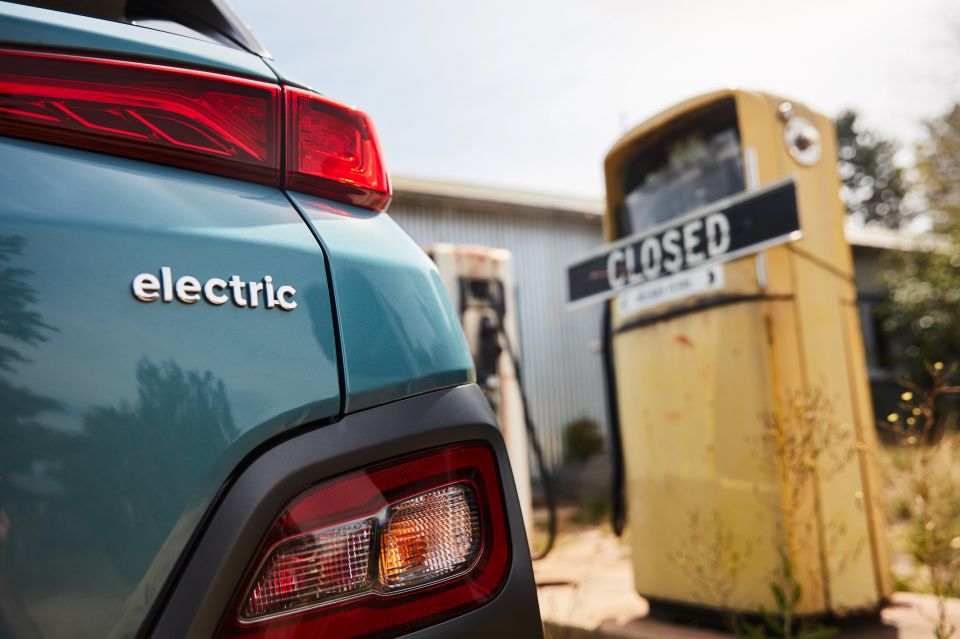
“It’s been a journey for SG Fleet [the government’s fleet buyer] when we said we wanted to move to a zero-emission vehicle fleet. That wasn’t their expertise, but they’ve been excellent partners,” he said.
“Once the government set policy they had to move. For me that’s a really interesting signal of the role of government in Australia.
“Australia has had a slow uptake of EVs, but as soon as we took that decision SG Fleet started to call their suppliers asking for EVs.”
Late last year the ACT announced a target to sell only zero-emissions new vehicles by 2030, as announced in a Parliamentary Governing Agreement between the ACT Labor Party and Greens.
Electric vehicle buyers in the ACT will be provided with free registration for two years “as soon as practical” under the new agreement, and Canberran residents and businesses will be offered zero-interest loans up to $15,000 to invest in zero-emissions vehicles and technologies.

At least 50 electric charging stations will be built across Canberra and its surrounding regions to encourage EV adoption. A focus will be placed on purchasing electric buses, and existing depots will be converted to support zero-emissions running.
Electric car buyers in the ACT are currently exempt from stamp duty, and receive a 20 per cent discount on registration.
Naturally, Mr Rattenbury wants to see the ACT policies go national.
“The Federal Government may not think so, but it certainly hasn’t killed the weekend in the ACT. But it has allowed our public servants to get around in vehicles they’re proud of.
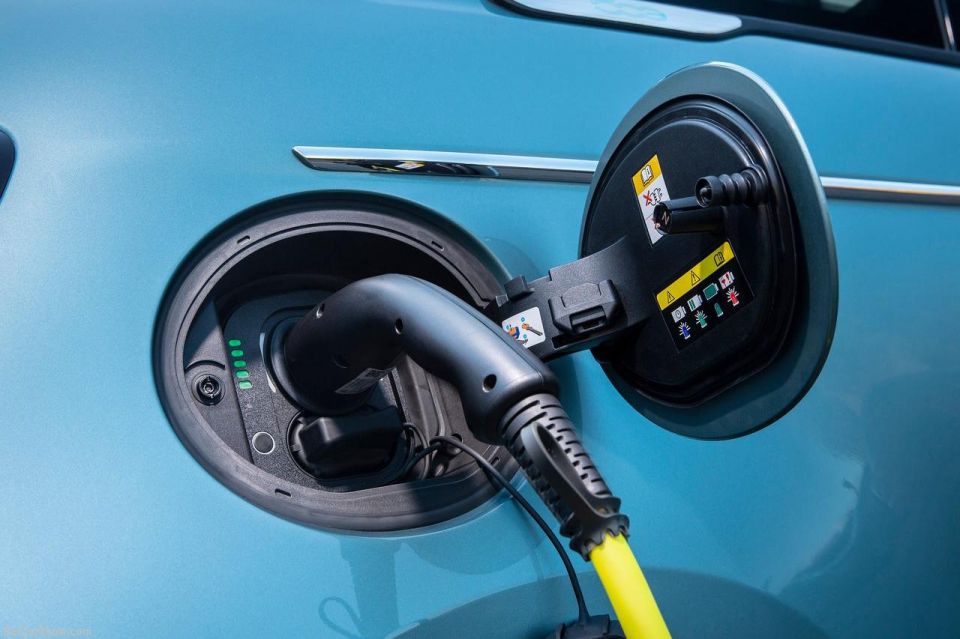
“… I’d love to see the Federal Government adopt policy, as we’re seeing in the US. We’ve got 300 vehicles in our fleet, we are the largest single electric vehicle fleet owners in Australia, with the smallest government in Australia.
“If the Commonwealth took on the same policy that we put in place, you could create a market to give the suppliers confidence to bring vehicles into the country in a way that would then make them more available for the average Australian.
“It would bring the price down, create supply, mechanics will start to train on the vehicle, these are the policy levers we’re thinking about if we’re going to actually truly transition our fleet in this country, which we have to do.”
Australia’s Federal Opposition yesterday proposed a series of policies designed to cut the price of mainstream electric vehicles (EVs), with particular emphasis on making them more attractive to business owners and fleet operators.
MORE: All EV-related stories


Shane O'Donoghue
6 Days Ago


Anthony Crawford
5 Days Ago


Matt Campbell
4 Days Ago


James Wong
3 Days Ago


Max Davies
1 Day Ago


Josh Nevett
10 Hours Ago